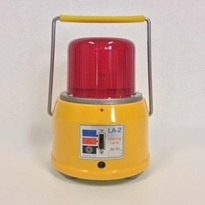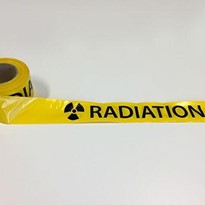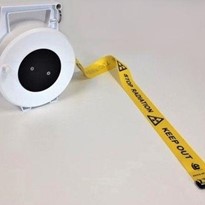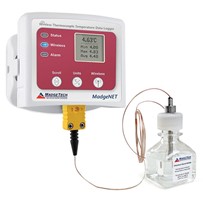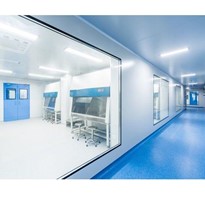Many hospitals combine their radiation monitoring systems with their building management systems (BMS). While this is an easy choice to make, it’s not necessarily the best one. Here, Gary Bradshaw, director at remote monitoring specialist Omniflex, explains why hospitals should move away from fragmented setups towards independent radiation and critical alarm monitoring.
Anyone that’s ever had a positron emission tomography (PET) scan, will be familiar with the process of receiving an injection filled with a tracer. This radioactive substance allows the scanner to create a detailed 3D scan of the body to help doctors detect early signs of cancer, heart disease and brain disorders among other illnesses.
However, most people are probably unaware that the radioactive material that goes into those injections is often produced on site. Most major hospitals are home to a secure bunker in the basement of the facility that houses a cyclotron, a type of particle accelerator used to produce the radioactive isotopes that make up the tracer. The short two-hour half-life of the material means that it’s far quicker, safer and more practical than transporting it in.
The PET scan
After the radioactive isotope has been created, a separate hot cell — effectively a shielded chamber — is used to handle the material, to refine it using further chemical processes and dispense it into syringes as well as into other modes of delivery like orally or as a gas. Once inside the patient, the tracer is absorbed by the body and begins to concentrate in cells with a higher metabolic rate, such as cancer cells.
Here, the radioactive decay of the tracer releases subatomic particles called positrons, which interact with electrons in the body to release gamma photons. This radiation is picked up by the surrounding PET scanner to produce a detailed 3D scan of the affected area.
The radiation risk to a patient from imaging tests is fairly low, about eight times higher than the normal background radiation a person is normally exposed to in one year — and something that is quickly flushed from the body in a few hours. However, practitioners must balance this risk of higher radiation exposure with their ability to use imaging to better treat patients.
Secure the facility
The greater risks of radioactive material come instead from the facility itself. The ongoing production, handling and waste management of radionuclides in hospitals can potentially put staff and the environment at risk.
In the UK, this process is regulated using various regulations managed predominantly by the Environment Agency (EA) and Health and Safety Executive (HSE), including the Ionising Radiation Regulations 2017 as well as the Radioactive Substances Regulation and Environmental Permitting Regulations 2010.
Here, operators are told to assess the likely impact of the permitted activity in terms of the effective dose to members of the public. In part, the regulations state that, “In the case of some sites that present a high potential environmental hazard, including all nuclear sites, the applicant should set out proposals for environmental monitoring in areas adjacent to the premises which could be affected by discharges directly to the environment.”
To secure their facility, hospital managers must use monitoring and safety equipment at various stages throughout the facility. This can range from alpha, beta and gamma radiation monitors in the cyclotron area, in the hot cells and in the ventilation stack, as well as door interlocking safety systems that prevent operators being locked inside active areas during production. Because the cyclotron is typically housed below ground level, flood-level warning systems are also important.
This safety equipment also extends to the use of alarms placed outside of active areas to safely alert operators of potential problems without them having to be physically present in a potentially hazardous part of the facility. It also applies to patient areas, as well as the areas outside the hospital to monitor air quality.
Fragmented monitoring
Monitoring and managing safety-critical systems is not an easy task and, in my experience, many hospitals have tried to combine radiation protection and critical alarm systems in their building management system to achieve compliance. The problem with this approach is that it not only adds complexity, it’s not always the most optimal solution.
A building management system was never designed to provide radiation protection or deliver information alarms in real-time, or to alert users in the right location at the right time, or even operate during a power outage. An alarm that sounds in an active area needs to be heard and displayed locally to the personnel present in the area, as well as being logged on the HMI SCADA system. Secondly, being able to effectively log and understand post-event data is crucial in improving safety and preventing future breaches.
Towards independence
It’s important that hospitals move away from potentially fragmented systems towards an independent radiation protection and critical alarm monitoring system. This is why Omniflex developed its hospital radiation monitoring and critical alarm system. The system interfaces to all the radiation monitors and sensors that make up the radionuclide production facility, providing local HMI operator displays and alarm annunciators as well as logging all the historical data and alarms for post-event analysis and compliance reporting.
These local HMIs and alarm annunciators alert operators using physical panels, and their ability to be networked means they deliver alarms and information at the right place at the right time. Additional remote monitoring functionality means the system can even send alarms via SMS or emails, ensuring that users can respond quickly.
What’s more, the real-time nature of the system provides sequence-of-event (SOE) monitoring. In an emergency, alarms usually trigger each other, cascading alerts throughout the affected zone. Because this process happens so quickly, it can be difficult for operators to know exactly where a radiation leak may have occurred first. SOE monitoring works with historical logging to allow operators to carry out a complete post-event analysis and accurately identify points of failure.
Fragmented radiation monitoring and critical alarm setups may be an easy choice to make, but they can quickly hamper response times during emergencies and could fail to deliver traceability for compliance purposes. Hospital managers should consider the advantages of moving away from this approach, and look towards having an independent radiation monitoring and critical alarm system; a choice that will improve the safety of operators, and let doctors continue to effectively use valuable imaging techniques like PET.
For more information on how to secure your hospital facility, visit the Omniflex website today.


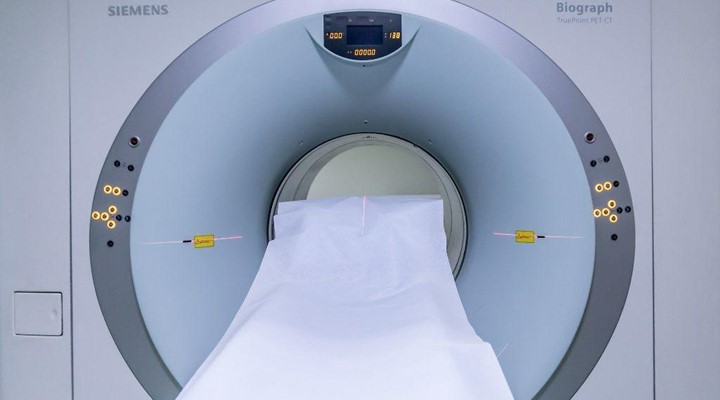
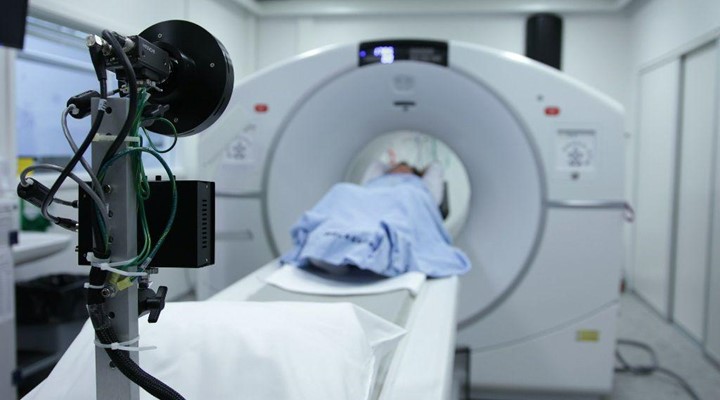
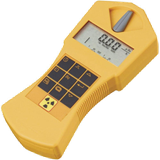





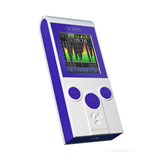

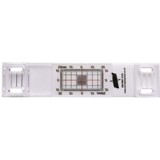
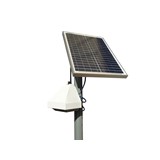
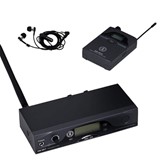
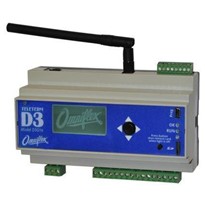
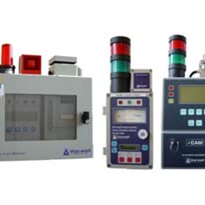
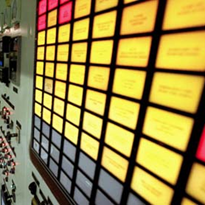
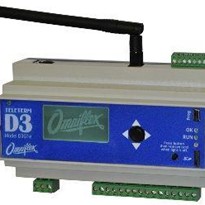
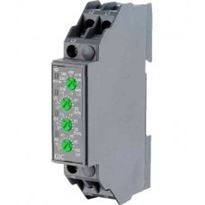
-205x205.jpg)
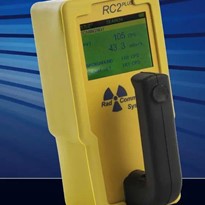
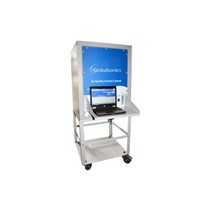

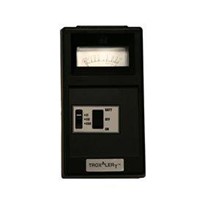
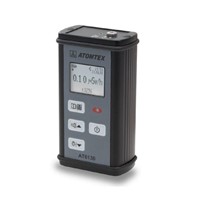
-205x205.jpg)
